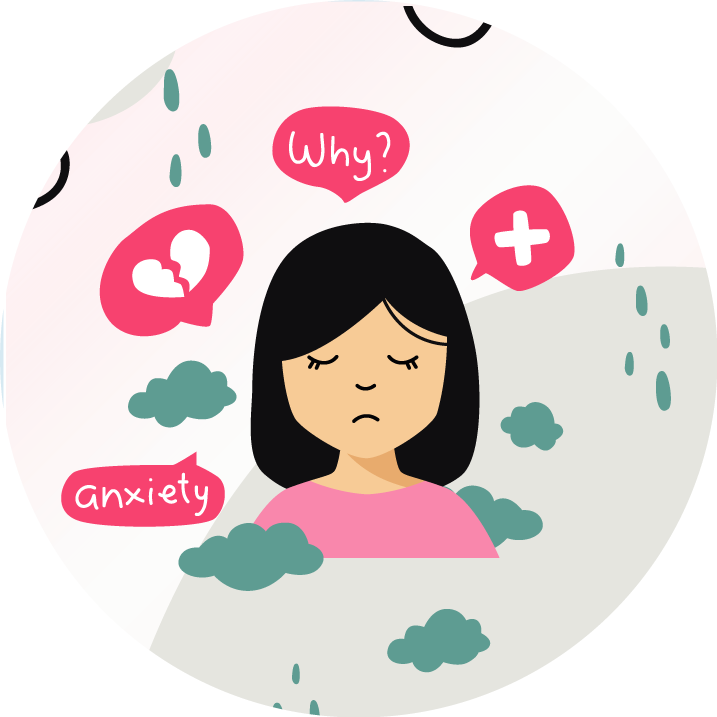Ways to Practice Self-reflection with the Help of Therapy

Ways to Practice Self-reflection with the Help of Therapy
June 21 2025 TalktoAngel 0 comments 999 Views
With the support of therapy, self-reflection becomes a deliberate and structured exploration of one's thoughts, feelings, actions, self-improvement, and personal experiences. With the support of a trained therapist, individuals gain greater self-awareness, identify recurring patterns, and uncover the deeper beliefs and emotions that shape their actions. Therapy offers a confidential and non-judgmental space where one can explore their inner world more deeply, fostering growth, self-esteem, emotional healing, and more intentional decision-making.
Why Therapy Deepens Self-Reflection
Traditional self-reflective practices like journaling, meditation, or silent contemplation are valuable. However, they often rely solely on personal interpretation. Therapy, be it online therapy or in-person therapy, introduces an essential component: an objective and professionally trained perspective. Consider it like diagnosing a complex electrical issue in your home. You may try troubleshooting, but an electrician understands the system in its entirety and can locate the underlying problem. Similarly, a therapist provides insight into your internal "wiring," helping you understand and work through emotional or behavioural challenges.
Therapeutic Approaches That Support Insight
Each person’s therapeutic path is different, but some therapeutic models are particularly effective in promoting self-reflection:
Core Therapeutic Practices That Encourage Reflection
Beyond specific methods, therapy commonly includes practices that naturally support introspection:
- Active Listening and Validation: Being truly heard without judgment allows you to express and organise your thoughts. When a therapist reflects your experiences back to you with empathy, it can lead to greater clarity and emotional relief.
- Open-Ended Inquiry: Therapists often ask questions like, “What did that experience mean to you?” or “What do you imagine might happen if you made a different choice?” These prompts encourage exploration rather than impose direction, helping you uncover insights on your own
- Pattern Recognition: Events that feel chaotic or isolated may follow deeper patterns. A therapist can help you identify recurring themes in your relationships, responses, or coping strategies, bringing structure to what once felt random.
- Homework and Practical Tools: Therapy often extends beyond the session itself. Therapists may offer journaling exercises, mindfulness practices, or behavioural experiments that help you stay self-aware in daily life and bring valuable insights back into future sessions.
Conclusion: The Transformative Power of Therapeutic Connection
In the end, it’s the connection between therapist and client that becomes a key driver for deep self-exploration. A therapist becomes a compassionate mirror, offering reflections of your words, emotions, and actions in ways that promote understanding and growth. Within this secure relationship, you’re free to experiment with new perspectives and behaviours, without fear of judgment.
If self-reflection feels confusing or isolating, therapy can be the guiding light. It’s not about being "fixed," but about better understanding yourself, developing emotional awareness, and learning skills that help you navigate life with intention and authenticity. Through therapy, you reconnect with your thoughts, feelings, and core values, stepping into a more conscious and fulfilling version of yourself.
Contributed By: Dr. (Prof.) R. K. Suri, Clinical Psychologist and Life Coach, &. Ms. Swati Yadav, Counselling Psychologist.
References
- Budesa, A.?E., et al. (2024). The additional value of self?reflection and feedback on therapy outcome: A pilot study. PMC.
- Duncan, B.?L., et al. (2003). On the session rating scale: Psychometric properties and clinical utility. Journal.
- Eubanks, C.?F., Burckell, L., & Goldfried, M.?R. (2018). Therapeutic alliance as a prognostic factor in psychotherapy. Clinical Psychology Review.
- Heidi Kling, Dr. (2021). Mindful listening with Heidi Kling. Medium.
Leave a Comment:
Related Post
Categories
Related Quote

“Remember: the time you feel lonely is the time you most need to be by yourself. Life's cruelest irony.” - Douglas Coupland

“Anxiety is a thin stream of fear trickling through the mind. If encouraged, it cuts a channel into which all other thoughts are drained.” - Arthur Somers Roche

"It is okay to have depression, it is okay to have anxiety and it is okay to have an adjustment disorder. We need to improve the conversation. We all have mental health in the same way we all have physical health." - Prince Harry

“The way to gain a good reputation, is to endeavor to be what you desire to appear.” - Socrates

“My anxiety doesn't come from thinking about the future but from wanting to control it.” - Hugh Prather
Best Therapists In India




































SHARE